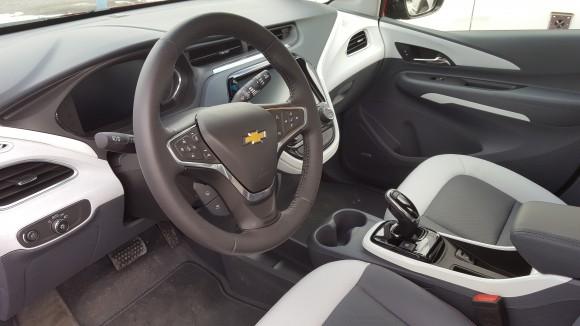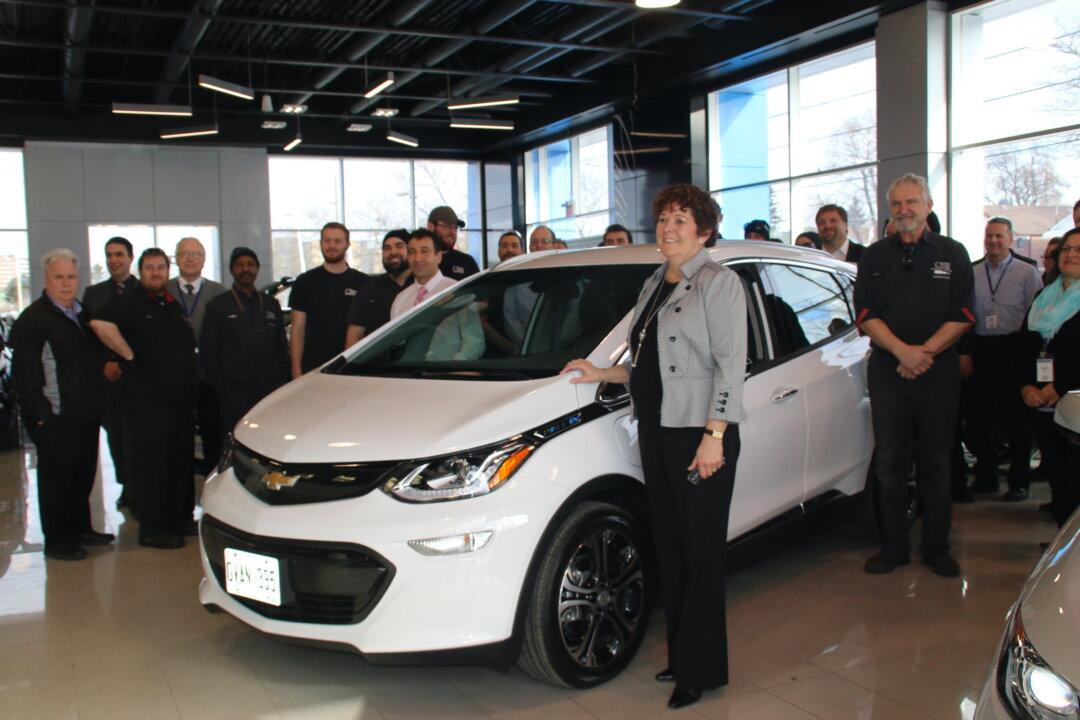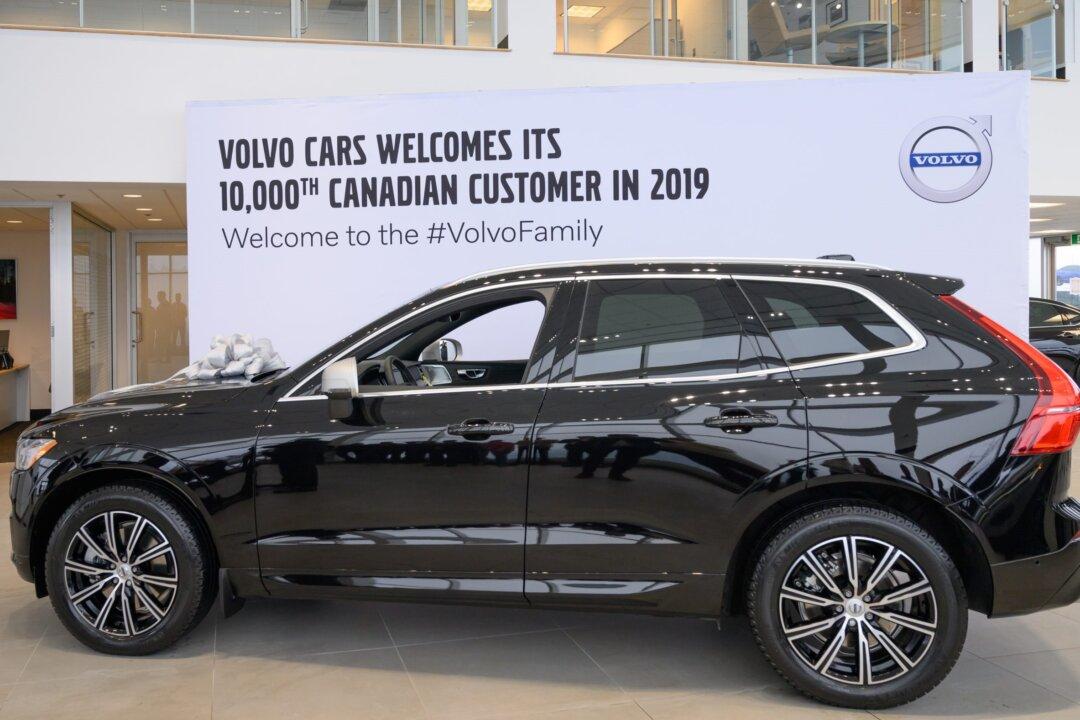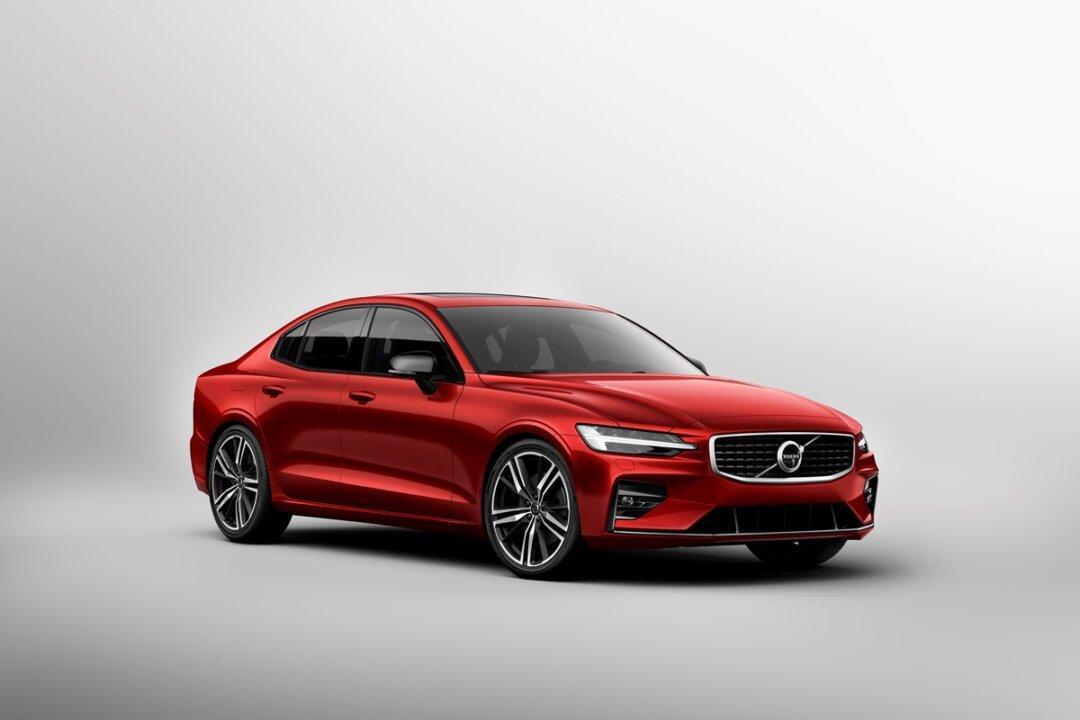Automotive engineers and designers the world over dig deeper for solutions to the issue of viable alternatives to the long-standing reliance for fossil-based fuels. Some companies continue to innovate, develop and introduce some limited options to a public that may not truly be aware of the necessity for change and innovation.
While, as noted, the continued reliance on the standard internal combustion engine (ICE) and to a degree, diesel-fuelled alternatives, “drives” the desire to move people and products around the globe in a relatively efficient manner—is it in fact, the most effective solution?
For all intent and purpose, fossil-based fuels are not an infinite source of energy and their reserves continue to be depleted at an alarming rate.
Over the years there have been many answers presented as solutions—from steam power to battery electric and yes, even hydrogen as a safe and relatively inexpensive resolution to this growing problem.
In most cases, it’s not the technology to develop vehicles that will respond to the alternative fuel question where there are issues—it’s infrastructure—or sadly, the lack, thereof.





